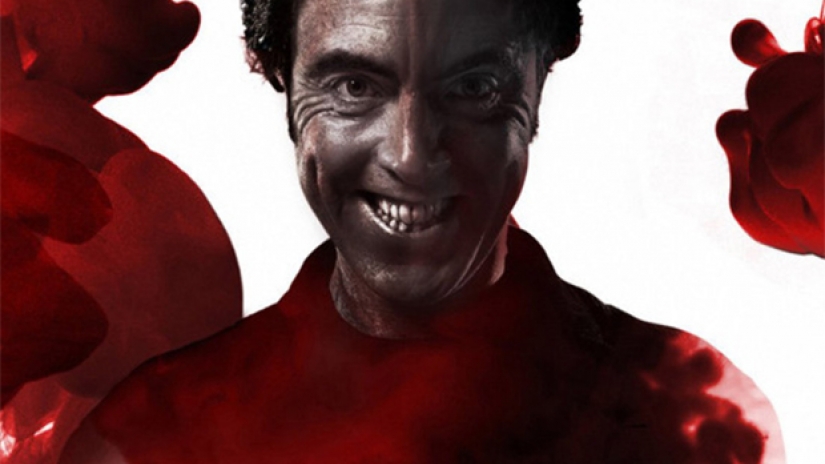
The Strange Case of Dr. Jekyll and Mr. Hyde has been adapted for movies, television and comics so many times that many people who haven’t read Robert Louis Stevenson’s novella feel as if they have. After all, Mr. Hyde is firmly embedded in literature and pop culture as a fiend as recognizable as Frankenstein’s monster.
Hyde has evolved considerably in 20th and 21st Centuries. To most modern moviegoers, he is the Victorian progenitor of The Hulk: a powerful, violent, unrestrained incarnation of pure id. And to fans of Steven Moffat’s BBC miniseries Jekyll, Hyde is a sexy, sociopathic Superman. The modern Hyde is a fiend of monstrous proportion, perhaps not physically, but he’s certainly no Gollum-like dwarf.
Except, in the original text, he’s exactly that:
Mr. Hyde was pale and dwarfish, he gave an impression of deformity without any nameable malformation, he had a displeasing smile, he had borne himself to the lawyer with a sort of murderous mixture of timidity and boldness, and he spoke with a husky, whispering and somewhat broken voice ….
Hyde’s youth and tiny physical stature – he’s so small he’s swimming in Jekyll’s clothes after his transformation – is a surprise to new readers. And so is Hyde’s demeanor, since he has none of the wicked charisma that Moffat and other filmmakers have imbued him with on screen. Other characters find Hyde utterly repellent; he’s as dangerous as a rabid sewer rat, and the only person in the whole of London he seems capable of seducing is Dr. Jekyll.
Hyde’s characterization makes perfect sense from a metaphoric standpoint. Hyde is small because the evil in Dr. Jekyll is initially just a small part of his personality, and he’s young because the exploration of wickedness that he represents is a new experience to the handsome, upstanding doctor.
So, the metaphor is solid, and it’s intuitive, and Hyde is certainly a memorable and durable character, even if he’s been considerably glamorized over the years. But he represents a trope that I find distasteful as a reader and a writer: the use of physical deformity and ugliness to signify evil and moral turpitude. That particular trope is both creakingly ancient and presents a toxic mix of ableism and victim-blaming (if you’ve been disfigured, it means you must have done something bad to deserve it.)
I deal with the nature of evil quite a lot in my own work, and I’m trying to be mindful to not inadvertently use that trope, at least not when it comes to human characters. After all, the idea that we could somehow recognize the rapists and murderers among us because they have misshapen features is a comforting lie. The people who’ve done the most harm to the rest of humanity have often had great hair and the brightest smiles.
Leave a Reply
You must be logged in to post a comment.